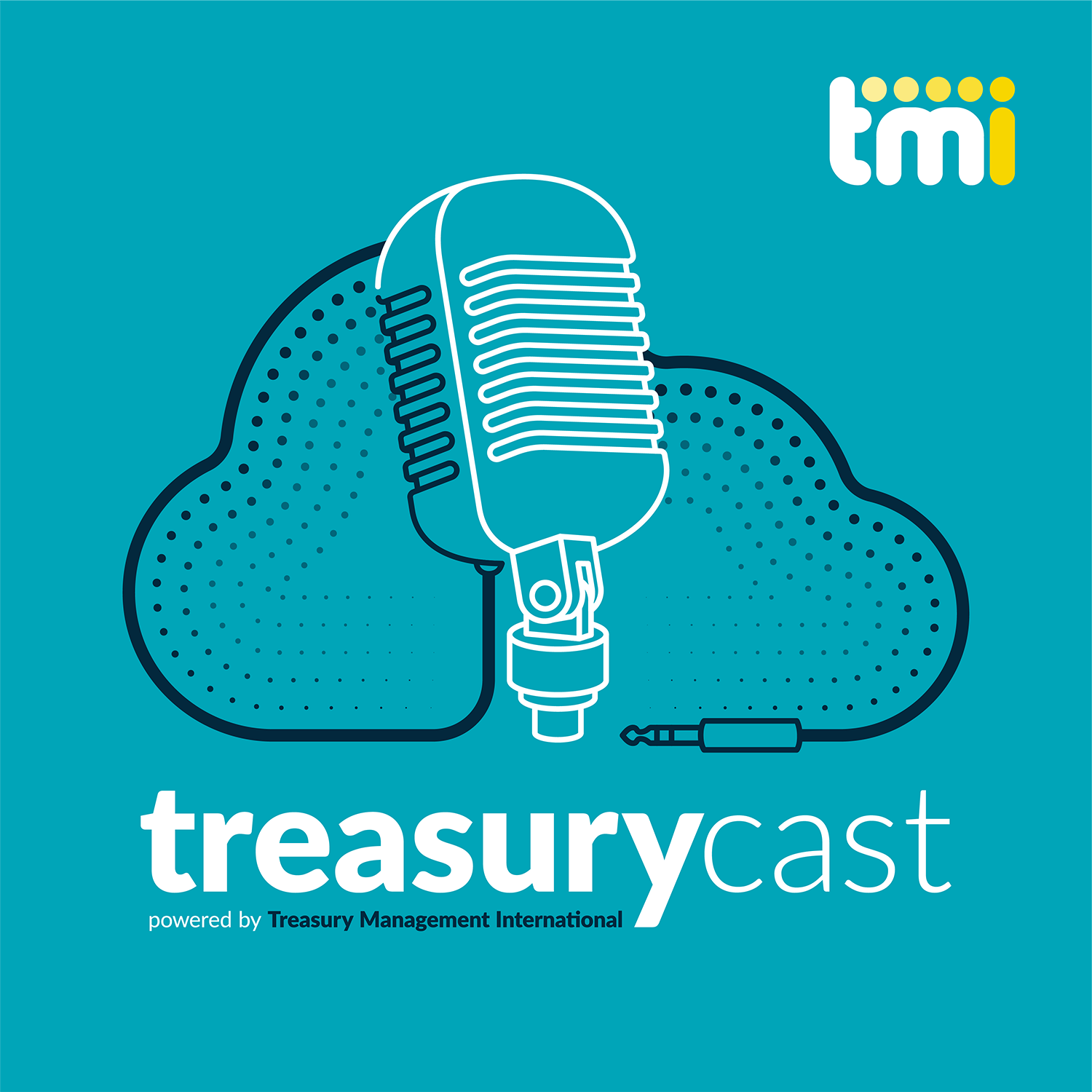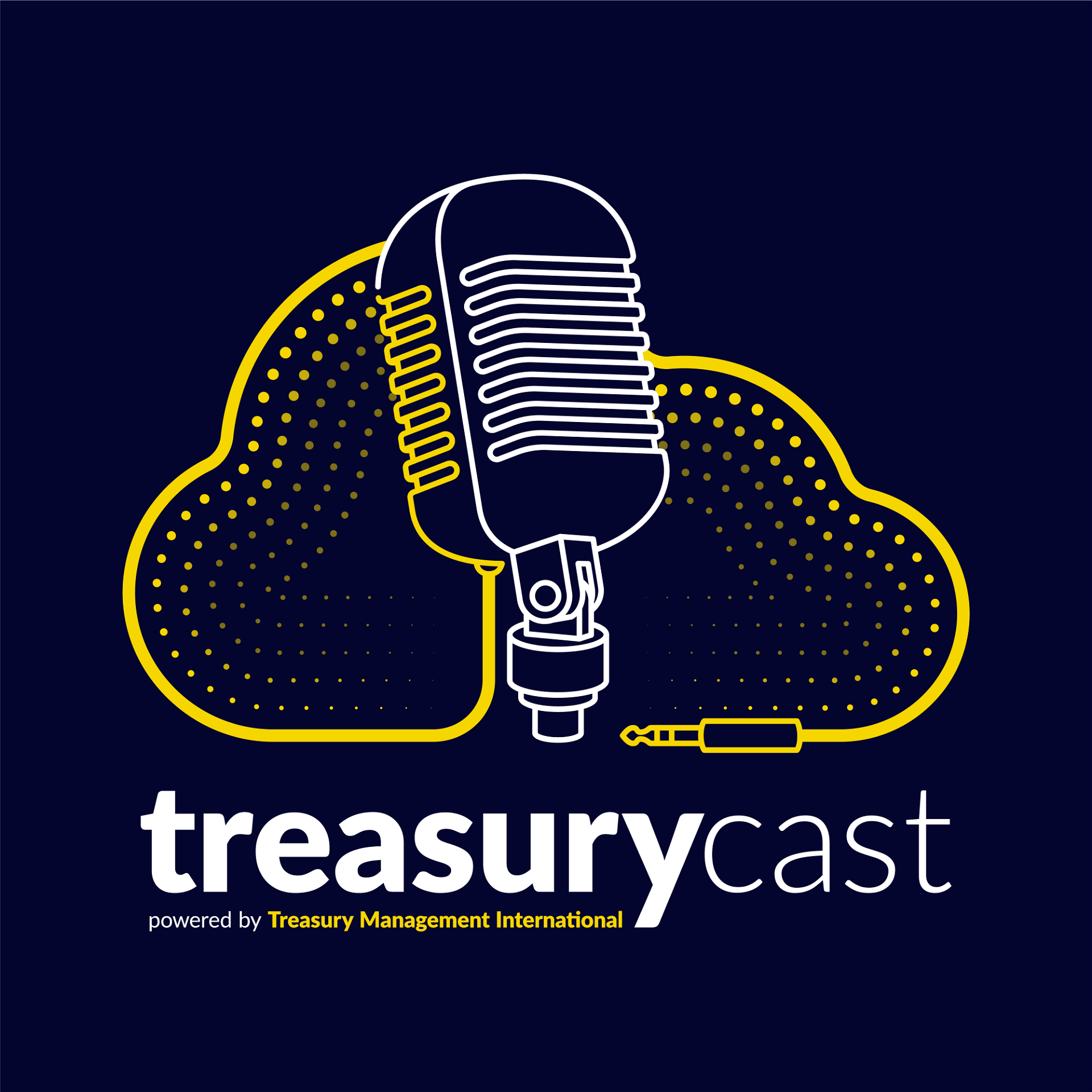Following on from the recent TMI interview with Chad Wallace, Global Head of Digital Product & Design, Transaction Banking, Goldman Sachs, about the bank’s digital first entry into the transaction banking space, we look at its use of application programming interfaces as it takes the platform to the next stage.
Goldman Sachs’ launch in June 2020 of its cloud-based transaction banking platform is now being enhanced with the release of its next-phase application programming interface (API) platform. This is aimed at enabling tech companies, core system vendors and corporate partners to deploy a potentially limitless number of new services through the platform.
Development
The ‘banking-as-a-service’ platform is a legacy-free API solution, having been built from the ground up to a strict digital-first agenda by Goldman Sachs (GS). It aims to leverage the advantages of Open Banking, acting as a catalyst of new products and services, with what Chad Wallace, Global Head of Digital Product & Design, Transaction Banking, Goldman Sachs, says will enable partners to offer “consumer-grade experience” for their clients and enable treasury workstations and enterprise resource planners (ERPs) to deliver integrated solutions to treasurers.
Although the bank has been providing corporate financial products for many years, conversations with these clients, have resulted in GS “building from a blank sheet of paper” in the development of this new transaction banking platform, notes Wallace.
With many corporate treasurers citing frustrations around account opening – particularly repetitious know your customer (KYC) processes – and some feeling limited by their banks’ legacy technologies and batch processing environments, change was necessary to enable their progress.
Treasurers want the better decisioning offered by real-time data flows, especially around core treasury activities such as payments and liquidity and cash flow management, says Wallace. Most are also keen to have a technology experience more akin to that of their consumer lives, where intuitive interfaces and immediacy of results are now a given.
Inspired by such conversations over the past two years to create a platform that is engineered from the outset for modernity, Wallace and his team have incorporated treasury-specific real-time workflows and data analytics.
With clients deploying a number of different core and satellite systems, rather than force the use of the bank’s portal for certain transactions, the development team was also keen to offer closer integration with multiple third-party systems. To this end it is now publishing, via its API platform, a whole library of connectivity for partners to consume.
API partners
The API platform started life as an in-house solution for the bank, explains Wallace. But with almost $20tr. of payments processed since launch, and 200-plus clients on board, it has been thoroughly tested in the corporate client space too. Every action taken by users, whether via the file delivery, API component or through an ERP or TMS, is built around one of hundreds of APIs consumed internally. The team considered how best to expose these externally, not only to clients but also to partners such as fintechs looking to offer financial services or technology vendors, for example.
Prospective partners must go through the bank’s due diligence process but having done so will be able to connect into the new API platform, using its toolkit to develop connected applications that embed banking services, such as payments, into their own products. Goldman Sachs recently announced a partnership with GTreasury and SAP Ariba, and both are now using the API and file delivery platforms.
Further integration
The transaction banking platform incorporates elements of machine learning around fraud detection and cybersecurity. The bank is also looking to offer corporate clients access, via the platform, to a development of an in-house artificial intelligence (AI) tool for managing FX netting, based on cash flow projection data and offering incoming and outgoing FX payment optimisation, says Wallace.
The platform is also being integrated further with other parts of GS. It is currently offering payments, receivables and liquidity solutions. The latter has seen it integrated with the Goldman Sachs Asset Management (GSAM) division. Doing so enables corporate users to leverage the bank’s escrow services, for example, and deposit into money market funds offered on GSAM’s trading platform. “We’re also looking into an initiative to automatically process investment sweeps into money market funds,” adds Wallace.
Of notable interest for treasurers is the manner in which client KYC data is shared across the platform and its integrated elements. By pulling in client-verified data, and then making it automatically accessible for each new transaction banking product requested by that client, it removes the need for the treasurer to rekey the same information multiple times.
Instead, Wallace explains that it requires only confirmation and any supplemental data, such as additional signer details, as needed. Understandably, he reports “a lot of positive feedback” to date.
Disruption
“There will be banks out there that will want to take a look at what we’ve done, and come up with competitive product,” Wallace accepts. “So our goal is to always be thinking three to five years ahead.” To this end, he says the transaction banking team will be “keeping its collective ear to the ground” with its customers.
It has already formalised transaction banking client feedback. Rather than encouraging “group-think” through large-scale customer focus groups, Wallace says the bank is deploying in its client conversations various “consumer-grade design principles”. This takes the form of prototyping or service-design workshops with individual customers, for example.
“We’ve built out a product development process that is focused around asking what the needs are of today, but also hypothesising what the needs of tomorrow are, and being able to show customers the art of the possible.” By exposing its huge library of APIs to third parties, the bank is clearly expecting ‘the possible’ to be unlimited.





